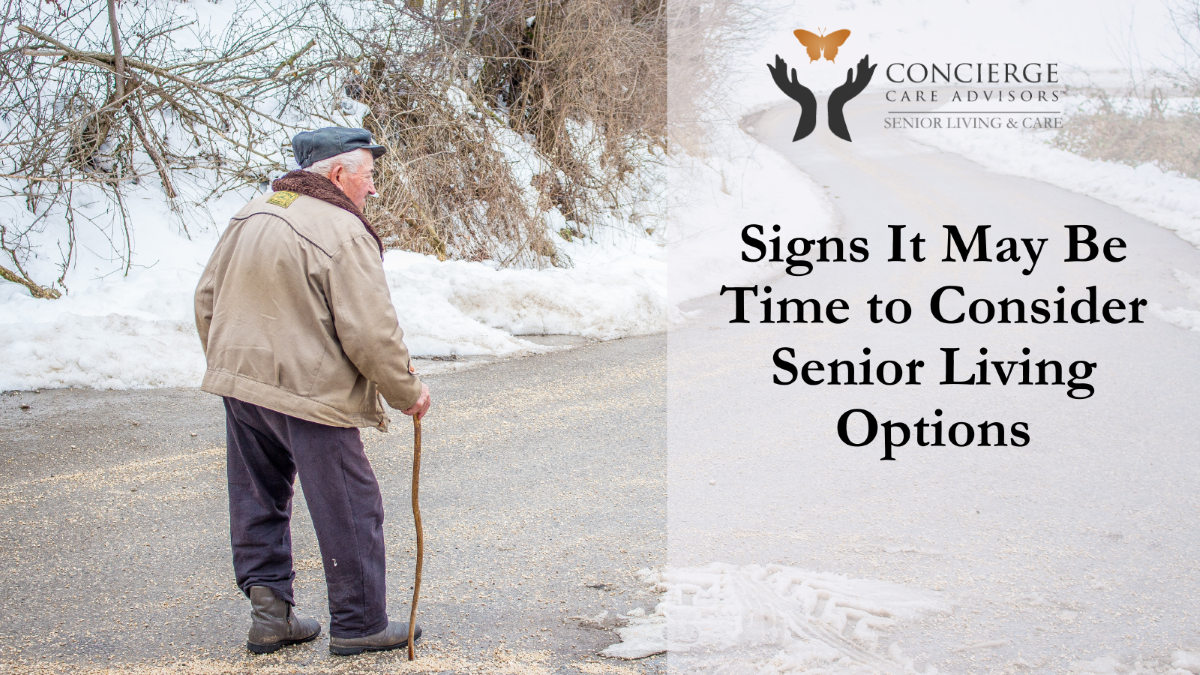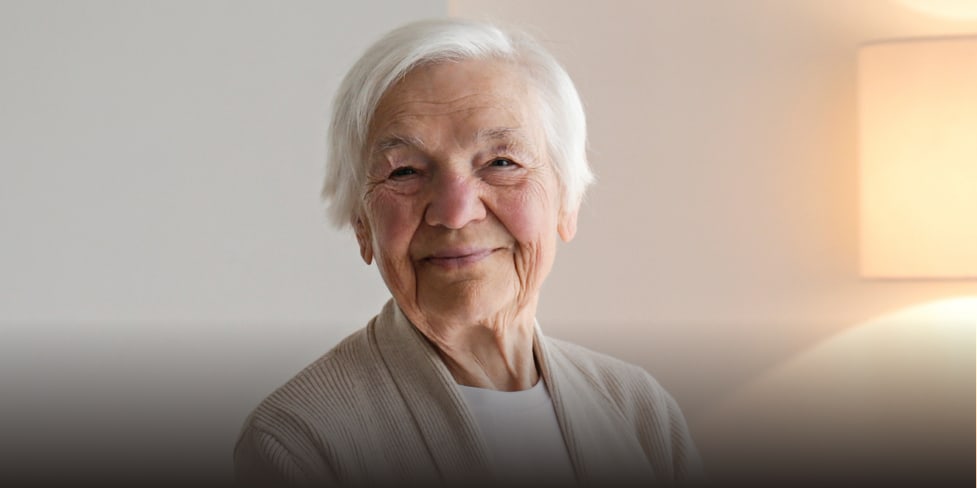The Importance of Blood Pressure Monitoring in Seniors
When it comes to blood pressure monitoring in seniors, accuracy is vital. Recent research reveals that measuring blood pressure in just one arm may overlook critical health risks, such as hypertension, strokes, and Peripheral Artery Disease in seniors.
Why Both Arms Should Be Checked
Studies from the University of Oxford and Cambridge highlight the need for seniors to have their blood pressure checked in both arms. Here’s why:
- A difference of 15 mm Hg or more between arms significantly increases the likelihood of conditions like Peripheral Artery Disease (PAD) and cardiovascular disease.
- A 10 mm Hg difference in systolic readings between arms raises the risk of heart attack, disease, and stroke.
It doesn’t matter which arm shows the higher reading; the key is identifying discrepancies between them.
What is Peripheral Artery Disease in Seniors?
Peripheral Artery Disease (PAD) occurs when arteries narrow, restricting blood flow and increasing blood pressure. This condition is often called a “silent killer” because it may not present symptoms, though it can lead to discomfort, pain, or more severe health issues.
For seniors, PAD is particularly dangerous as it heightens the risk of:
- Hypertension
- Stroke
- Kidney disease
- Heart disease
How to Perform Accurate Blood Pressure Monitoring in Seniors
To ensure proper blood pressure monitoring in seniors, consider these tips:
- Measure Both Arms: On every visit to the doctor, request blood pressure readings for both arms.
- Monitor Regularly: Seniors with a history of hypertension or cardiovascular issues should check their blood pressure frequently.
- Be Aware of Risks: Understanding the connection between high blood pressure in seniors and conditions like PAD can help prevent serious complications.
How Dangerous is High Blood Pressure in Seniors?
The dangers of high blood pressure include:
- Heart Disease: One of the leading causes of death in the U.S.
- Strokes: Increased risk due to pressure on arterial walls.
- Kidney Disease: Resulting from prolonged high blood pressure.
- Dementia and Diabetes: Emerging evidence links high blood pressure to these conditions.
Unchecked blood pressure discrepancies between arms can exacerbate these risks, making accurate monitoring essential.
Why Regular Blood Pressure Monitoring is Crucial
Healthcare experts, including the AARP, have long recommended checking both arms for blood pressure in seniors. While some may dismiss this as unnecessary, the new data reinforces the importance of this simple, quick test. Regular monitoring could save lives by identifying risks early and enabling timely intervention.
Final Thoughts on Blood Pressure Monitoring in Seniors
For seniors, proper blood pressure monitoring is a cornerstone of maintaining health and preventing serious conditions. By measuring blood pressure in both arms, seniors and their caregivers can better understand potential risks and take proactive steps to manage them.
At Concierge Care Advisors, we’re dedicated to helping families navigate senior health concerns, from understanding high blood pressure in seniors to exploring senior care options in Washington. Contact us today for expert advice tailored to your loved one’s needs.
























